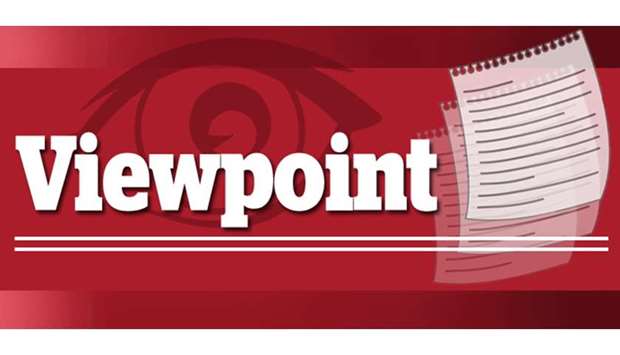A recent review of monetary policy that covers 90% of the world economy indicated that no major western central bank is expected to hike interest rates this year.
Major western central banks such as the Federal Reserve and European Central Bank are likely to maintain ultra-easy monetary policy this year despite expectations for coronavirus-vaccine-led global economy recovery.
China, India, Russia and Mexico are among those predicted to cut their benchmarks even further. Only Argentina and Nigeria are forecast to raise rates, according to Bloomberg.
The central bank of the world’s largest economy – the Federal Reserve of the United States enters 2021 with the pedal to the metal on monetary policy to help the US economy recover from the coronavirus pandemic – and is in no hurry to take its foot off the gas.
Even as Chair Jerome Powell says he can see the “light at the end of the tunnel” thanks to vaccines that should be broadly available by mid-year, he stressed there would be no hasty withdrawal of support.
Officials have already signalled they’ll hold interest rates near zero through at least 2023, and promised to keep buying bonds at a monthly pace of at least $120bn until “substantial further progress” had been made toward the targets for maximum employment and 2% inflation.
“We are committed to using our full range of tools to support the US economy to achieve our goals,” Powell said in December after the Fed strengthened its bond-buying guidance. “We will continue to use our tools to support the economy for as long as it takes until the job is well and truly done. No one should doubt that.”
Gregory Daco, chief US economist at Oxford Economics expects the Fed will maintain a dovish policy stance with the policy rate held at the effective lower bound in the near future, following the guidance from its new flexible average inflation targeting framework.”
The super-easy monetary policy is part of a long-term strategy the Fed adopted in August last year to help it navigate a world of persistently low interest rates that limits the central bank’s options for fighting downturns and makes it difficult to hit its 2% inflation goal.
The idea is to counteract any unhealthy downward drag on prices by letting the economy run hotter than in the past. The Fed now plans to keep rates near zero until the economy reaches full employment and inflation hits 2% and is on track to exceed it.
The assumption is central bankers will want to guarantee the recovery is safe before they even start to consider tightening policy. Continued uncertainty over the path of the virus along with elevated unemployment and weak inflation around the globe are the main reasons for waiting.
And even if inflation makes a comeback this year, many economists believe central banks around the world will likely try to look through it.

